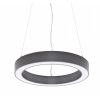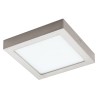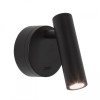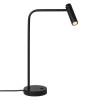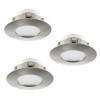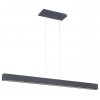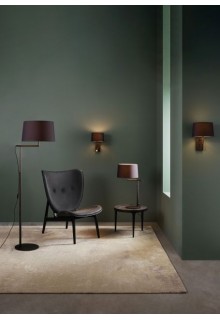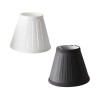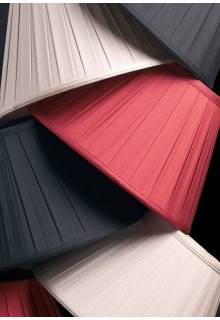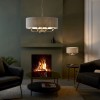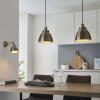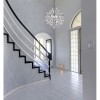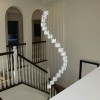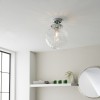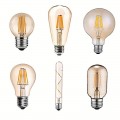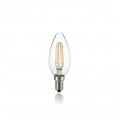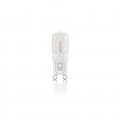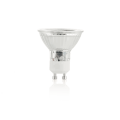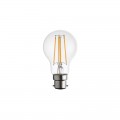Helpful tips before you buy an LED bulb.
- Watts measure the amount of energy required to light the light bulb, whereas lumens measure the amount of light produced. The more lumens produced by a light bulb, the brighter the light. When selecting an energy-efficient light bulb, look at the lumens, rather than watts
- Choose the correct brightness level in lumens
- Estimate the light effect using the comparative value (W), Lumens and Kelvin colour information
- Check which base you need before buying, ie E27, E14…
Are LED bulbs the bulb of the future?
- No, they are the bulbs of the present. It has been this way for a while.
- If you are still using traditional light bulbs, your energy costs are 90% higher than they need to be for your lighting. It is 60% higher for halogen bulbs and still 10% higher for compact fluorescent lamps.
- The good news is you can change this – and it is both quick and easy!
Are LED bulbs expensive?
They are more expensive than traditional light bulbs, but only in terms of their initial price. You will soon make up the money. This is because LED bulbs consume less electricity to produce the same level of brightness (in Watts). In other words: this higher luminous efficiency means that the wattage of LEDs is barely relevant.
How long do LED bulbs last?
Our LED bulbs are designed for long-lasting performance, offering many hours of reliable lighting. With an impressive lifespan of 15,000 to 20,000 hours, they provide consistent illumination while minimizing the need for frequent replacements. Enjoy energy-efficient lighting without the hassle of constantly changing bulbs, allowing you to focus on what matters most!
Are LED bulbs dimmable?
Dimmable lighting is important – after all, you want to be able to create a lovely atmosphere with dimmed lighting in your living room at night. However, not every LED bulb is dimmable. Please review our bulbs to see if it is listed as dimmable or not. When choosing an LED bulb make sure your dimmer switch is LED compatible.
How bright is a light bulb?
About Lumens
A lumen is a standard unit of light as it is perceived by the human eye. Essentially, it will tell you how bright something is, unlike a Watt, which is actually a measurement of energy consumption.
The lighting industry has standardized ways that measure the total emission of light from a product and include the lumen details on most packaging.
Because the Lumen output from different manufacturers will vary. Here's a quick and easy guide to approximate total Lumen output.
Lumens |
Watts |
| 2600 Lumens (lm) | 150W |
| 1600 Lumens (lm) | 100W |
| 1100 Lumens (lm) | 75W |
| 800 Lumens (lm) | 60W |
| 450 Lumens (lm) | 40W |
Understanding LED colour temperature and the Kelvin scale
Colour temperature is a method of describing the colour characteristics - warmth or coolness - of a white light source. Commonly referred to as the Correlated Color Temperature (CCT), it's a gauge of how yellow or blue a white light source appears to the human eye. The spectrum of colour temperature is assigned numerical values, measured in degrees of Kelvin (K), on a scale of 1,000 to 10,000. Most Kelvin temperatures for modern lighting applications, however, fall somewhere on a scale of 2000K to 6500k. The colour temperature of a light source lets us know what the look and feel of the light produced will be.

 Colour temperature 2000K to 3000K, the light produced is often referred to as a "warm white", "soft white", occasionally called a "candle white". It ranges from orange-ish to yellow-ish white in appearance. This kind of light is attractive, enjoyable, comfortable and relaxing.
Colour temperature 2000K to 3000K, the light produced is often referred to as a "warm white", "soft white", occasionally called a "candle white". It ranges from orange-ish to yellow-ish white in appearance. This kind of light is attractive, enjoyable, comfortable and relaxing.
Colour temperature 3100K to 4500K, the light produced is often referred to as a "neutral white", "bright white" or "natural white". Light sources within this range will emit a more neutral white light and may even have a slightly blue tint. This kind of light is bright, vibrant and clean appearing.

Colour temperature 4600K and above, the light produced is often referred to as a "cool white", "pure white" or "day white". Light sources in this range will have a blue-ish white tint to them. The higher the number, the more blueish it will appear. This kind of light will appear crisp, invigorating and energetic.

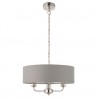
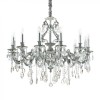
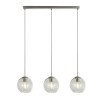

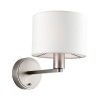
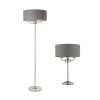
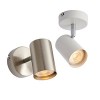

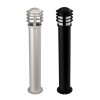
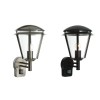
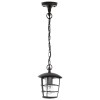
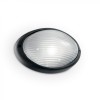

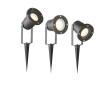
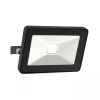


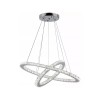
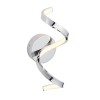
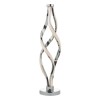
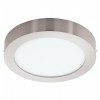
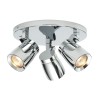
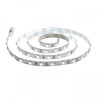
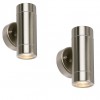
-small-220x320w.jpg)
